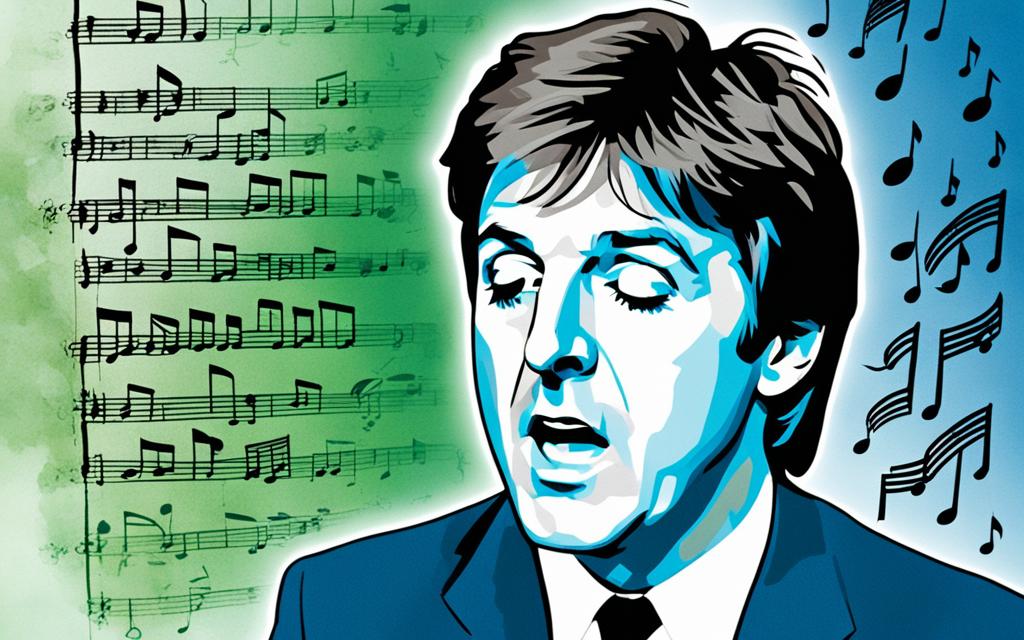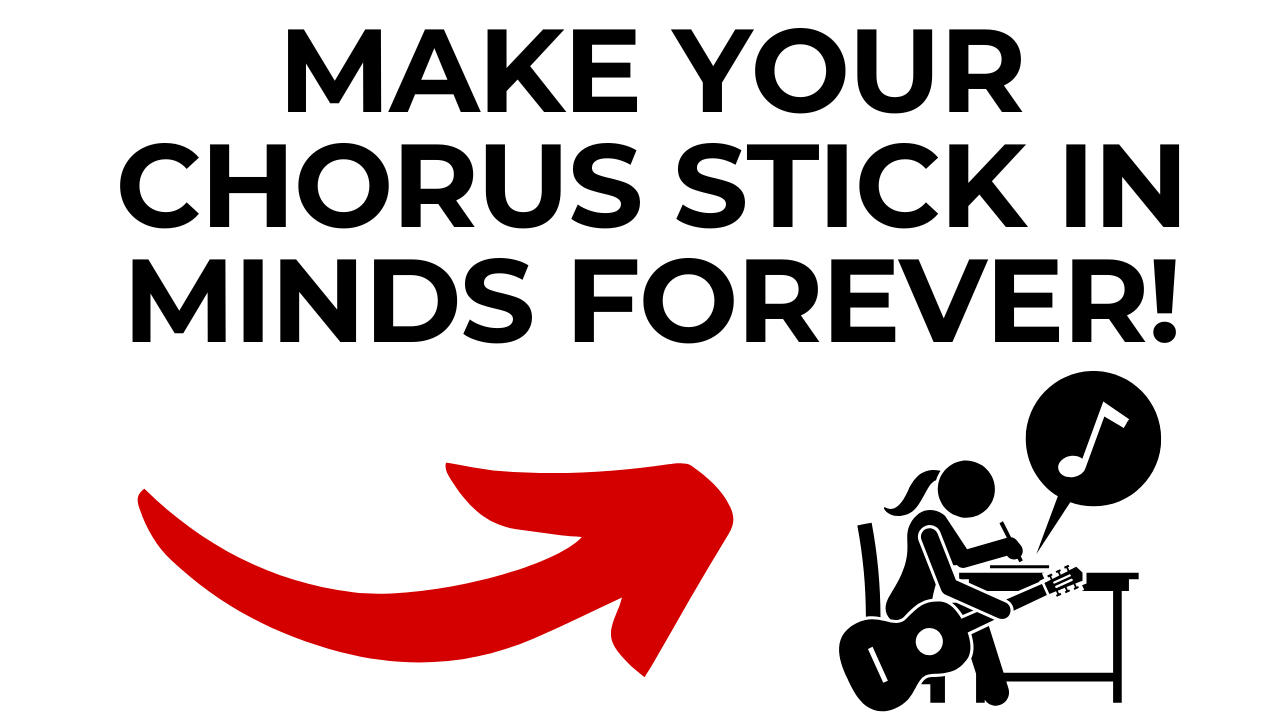Crafting Memorable Choruses: The Heartbeat Of A Song
Imagine a song you can’t get out of your head. There’s a good chance the chorus plays a major role in its stickiness. A song’s chorus is often seen as its heartbeat. It’s the part that listeners wait for, the part they remember, and, more often than not, the part they sing along to. The chorus encapsulates the central theme of the song, magnifying its emotional impact.
But what exactly makes a chorus memorable? It all starts with the fundamentals – lyrics that speak to a shared experience, melodies that rise and fall in just the right way, and a rhythm that moves with the listener. Each of these elements plays a pivotal role in drawing the audience in and making the chorus – and hence the song – unforgettable.
Furthermore, a chorus doesn’t exist in isolation. It’s the peak of a carefully structured experience within the song. Verses set the scene and build the narrative, the bridge offers a new perspective, and the chorus ties it all together with a powerful punch.
In the following section, we’ll delve into concrete strategies to write choruses that not only stick, but also create an emotional echo chamber that listeners can’t help but revisit. Key concepts like simplicity and repetition, along with the use of hooks and catchphrases, will be front and center in our exploration.
Related Posts:
- Write Better Songs Faster – Hookpad’s Revolutionary Approach To Hooks
- How To Overcome Writer’s Block In Songwriting
- How To Write Catchy Hooks For Your Songs
Unlocking the Secrets to Writing Captivating Choruses
When I write a chorus, I always bear in mind that simplicity is key. It’s not about the complexity of the words or the number of syllables; it’s about how easily the message anchors itself into the listener’s mind. Simplicity paired with repetition becomes a potent tool. Think of repetition as a glue that makes your chorus stick with anyone who hears it.
Next up is the hook – that golden nugget in your chorus that listeners can’t resist. A hook can be a rhythmic phrase, a striking line of melody, or a combination of both that captures the essence of your song. It’s what people remember and sing long after the song is over.
You can’t overlook the emotional pull of your lyrics, either. The reason a chorus resonates is often because it speaks to a common experience or emotion. Whether it’s joy, heartache, or aspiration, it’s my job to distill that feeling into a chorus that strikes a chord—quite literally—with my audience.
In my approach, I ensure that the message comes across clearly and promptly. Every word must earn its place in a chorus. I choose phrases that are vivid, yet concise, and ensure they align closely with the song’s theme and tone.
Finally, considering the larger shape of your song is crucial. The chorus might be the heartbeat, but it needs to work in harmony with the verses and bridge. It’s about creating balance and contrast, using the verses to build up to your chorus so that when it arrives, it hits all the harder.
The Role of Melody in an Unforgettable Chorus
Step into any room when a familiar song comes on, and you’ll witness the compelling power of melody as voices join in on the chorus. The melody is what makes a song instantly recognizable, and it’s often the aspect that lingers in your memory long after the song has ended. I’ll share some key techniques and insights on how to craft melodies that stick with listeners.
You might be wondering whether to start with the melody or the lyrics when writing a chorus. The truth is, there’s no one-size-fits-all approach. Some songwriters hum a tune and then fit words into it, while others craft the perfect lyrical phrase and then set it to music. Each method has its champions and success stories. I’ll delve into the merits of both and explore how to find the melody that best suits your lyrics, or vice versa.
To underscore my points, I’ll draw on examples of chart-topping choruses. We’ll look at what makes their melodies capture the hearts of millions. From the smooth, infectious lines of pop anthems to the haunting refrains in ballads, analyzing these will give us concrete illustrations of the principles of melody construction.
But melody doesn’t exist in a vacuum. Moving into the next section, we’ll see how production techniques are crucial in lifting your chorus from good to great. It’s not just the notes themselves, but how you present them that can make all the difference. I’ll bring to light how dynamics, arrangement, harmony, and backing vocals play pivotal roles in making a chorus shine.
Production Techniques That Elevate Your Chorus
When it comes to bolstering your chorus, don’t overlook the power of production. You’ve got the lyrics and melody down, but how you package these elements can take your chorus from good to unforgettable.
Let’s start with dynamics. The contrast between loud and soft, the build-up to your chorus, provides the necessary tension and release that keep listeners engaged. It’s about creating peaks and valleys in your song. You need your chorus to soar above the verses, both literally in volume and metaphorically in energy.
Then, there’s the arrangement. It’s like deciding on the set-up of a room: each piece of furniture—or in this case, instrument—needs to serve a purpose and complement the others. The bass line, guitar riffs, keyboard parts—all these need to be orchestrated in a way that highlights your chorus. Sometimes, less is more. Giving space within the arrangement allows your chorus to breathe and shine through.
Harmonies and backing vocals are also pivotal. They’re like the supporting cast to your lead actor—the main vocal line. These can enhance the chorus by adding depth and texture. Simple harmonies can often have a more timeless quality, ensuring your song doesn’t feel overcrowded or dated.
Lastly, consider the overall influence of production on your chorus. Popular tracks often have a sonic signature that listeners associate with a feeling or a moment in time. The right production can make your chorus embed itself not just in the ear but in the memory of your audience. Pay attention to trends, but don’t be afraid to innovate and put your unique stamp on it.
Making Music: The 6 Stages of Music Production
Evaluating Choruses: Learning from the Masters
I have always believed that wisdom often lies in the lessons of those who came before us. So, when we talk about choruses, looking to the master songwriters can teach us volumes. By breaking down iconic choruses, we uncover specific elements that contribute to their enduring success, which, in turn, can influence our own creative processes.

Consider the timeless appeal of ‘Hey Jude’ by The Beatles, or the infectious repetition in ‘I Wanna Dance with Somebody’ by Whitney Houston. These choruses resonate with listeners years after their release. Their secret sauce hinges not just on a catchy hook or a driving beat, but also on the emotional truth they communicate, a truth that echoes in the hearts of listeners long after the song fades away.
The landscape of music continually evolves, and so do the components of a powerful chorus. The infectious, high-energy choruses of the 80s and 90s have given way to the more introspective and down-tempo hooks of today’s chart-toppers. Recognizing these stylistic shifts can inspire us to adapt and innovate, ensuring our music holds relevance in the present day.
Our greatest teacher, though, is often the audience. Pay close attention to feedback, whether it comes from a live crowd or online listeners. Observe which parts of your chorus elicit the strongest reactions and why. Use this insight to sharpen your skills and craft choruses that not only sound good on paper but also connect and stir the souls of your listeners.
In conclusion, crafting a memorable chorus is a delicate art, honed by a balance of careful study, creative instinct, and audience understanding. While you absorb the wisdom found in the choruses of successful songs, remember, the chorus that truly thrives is the one that makes your audience FEEL something. And to master that, one must remain a perpetual student of the craft, always observing, always learning, always striving for that perfect blend of words and melody that pulses at the heartbeat of a song.





Leave a Reply